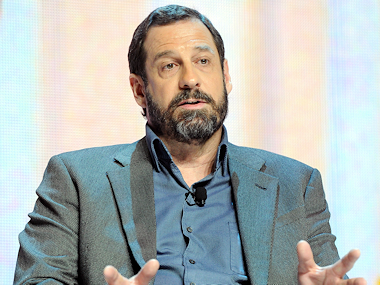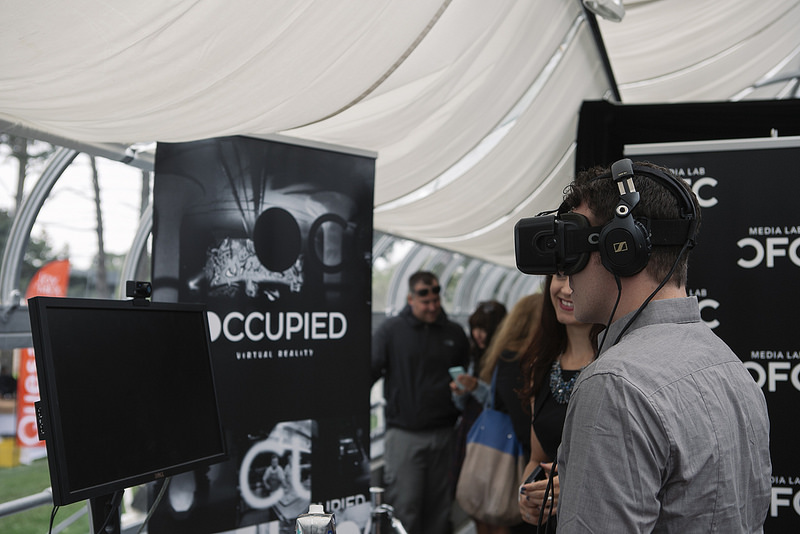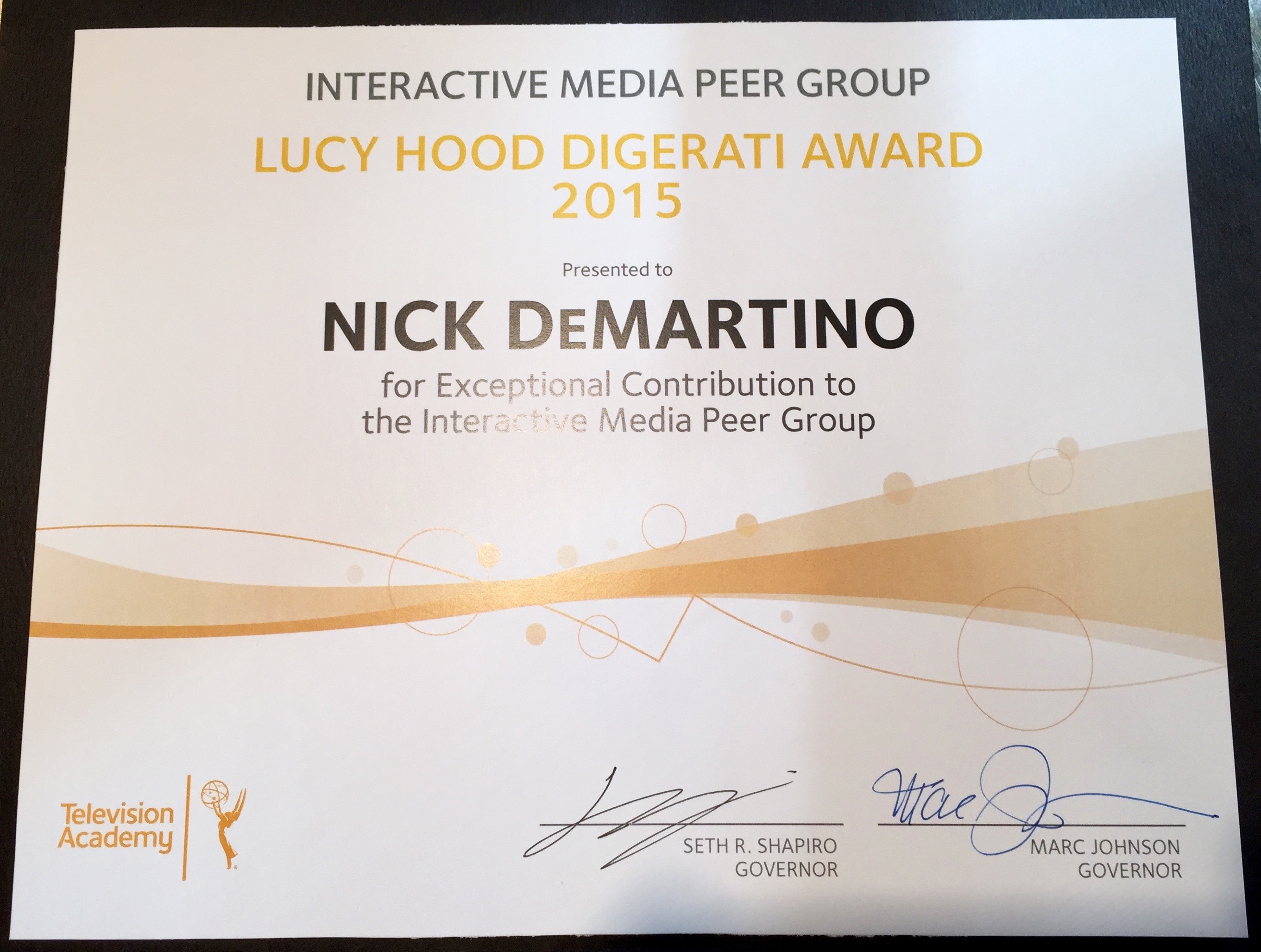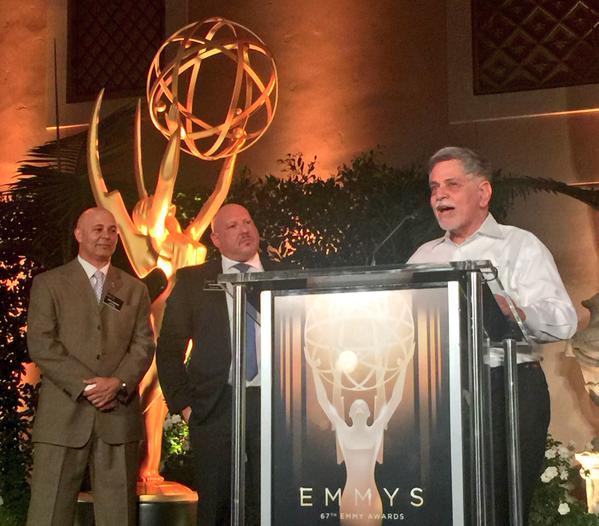One of the joys of chairing the IDEABOOST Board of Advisors is when I'm able to successfully recruit those whose work I truly admire to the cause. Case in point: entrepreneur and investor Allen Debevoise joined the IDEABOOST Board of Advisors in 2014, just a few months after launching Third Wave Digital, an investment fund focusing entirely upon digital media startups. He is a perfect choice to help guide IDEABOOST, because of his long history in building, running, and investing in media businesses over the past 30 years. I interviewed him and wrote an article that was published in a slightly different form by the Canadian Film Centre: here.
 Allen Debevoise, Third Wave DigitalThird Wave Digital is named after the “third wave” of media innovation – the first was conventional linear broadcasting; the second came with the rise of cable and satellite infrastructure that generated new business models and programming brands like HBO, CNN, MTV, and Discovery.
Allen Debevoise, Third Wave DigitalThird Wave Digital is named after the “third wave” of media innovation – the first was conventional linear broadcasting; the second came with the rise of cable and satellite infrastructure that generated new business models and programming brands like HBO, CNN, MTV, and Discovery.
“With broadband, we saw the emergence of new video brands that were driven really by the Internet, like YouTube and Netflix,” says Debevoise. “This was the beginning of the Third Wave of video programming brands being born. A bunch of other brands started to build on the new platforms – companies like StyleHaul and Maker and FullScreen. And then we got totally original brands like Vice. We’ll continue to see new brands emerge on places like Snapchat, brands that are about programming.”
I met Debevoise in the 90’s, first as a player in interactive television and new forms of cable TV, and later as he became one of the first web entrepreneurs, with Creative Planet. As online video swept the world, Debevoise went on to co-found companies, such as Machinima, StyleHaul, DanceOn, INDMusic, MiTú Network, and Tubular Labs. Debevoise has invested in over 70 companies as an angel investor, including IDEABOOST startups Bubl Technology and Raur. Though he has left management of gamer-oriented Machinima, he remains Board Chair.
Third-wave brands impact both the business and the content of incumbent media. Netflix’s on-demand library of binge-watchable content has stimulated the growth of serialized story content on other platforms – the second “The Golden Age” of TV. YouTube, along with mobile devices, has created an entirely new category of short-form content and an ecosystem of influencers that has created a new form of content discovery.
Third-wave brands are becoming valuable and viable more quickly than previous waves, says Debevoise. “We can build a brand more efficiently, we can be global, and we can start to activate some content deals.... We find an audience, we have a basic business model and then we grow it over time. That’s the model.”
 And so he notes the success of certain properties from Vice or Style Haul or Awesomeness TV which are already competitive with mid-level cable, even theatrical product, all the while continuing to generate revenue from multiple sources such as licensing, merchandise, branded entertainment, ads on vast repositories user-generated content.
And so he notes the success of certain properties from Vice or Style Haul or Awesomeness TV which are already competitive with mid-level cable, even theatrical product, all the while continuing to generate revenue from multiple sources such as licensing, merchandise, branded entertainment, ads on vast repositories user-generated content.
In Debevoise’s view, there is plenty of room for more entrants in the video business – “I know people like to talk about TV viewing vs. online viewing – but, I just call it video consumption! It’s huge, right? Whether kids are doing it more on mobile phones and short form and older generations sit in front of a TV set, the video consumption category in aggregate is huge. So, if you’re good at creating content you’re going to have a lot of opportunities to monetize that content to create new brands.”
More than anything, Debevoise is looking for companies that care about a specific audience: “They get really good at the content and social and community management, every issue around that audience -- that’s a winning formula in a world that is going to be cluttered with platforms and apps and junk all over the place. Building a brand that cuts through it and is really clear and crisp is going to be increasingly important.”
In addition to his programming investments, Debevoise likes tech-based startups that serve this new ecosystem of emerging brands. “Some of the newer companies can’t afford to build analytics or data warehousing or how to move audiences across platforms. So we have companies like Epoxy and Social Edge that enable smaller programming brands to be more effective.”
Third Wave Digital is also actively investing in the emerging virtual reality ecosystem. Debevoise would like to see strong programming and content brands in VR, just like other third-wave segments, but “in VR, quite frankly, I haven’t seen a lot of them yet. It reminds me a little bit of the early days of computer graphics where you had companies trying to do everything – like Pixar. At some point they got great when they said, oh, we’re just making movies, right?”
Part of the problem is that the VR platform issues haven’t been sorted out, with players like Samsung, HTC, Sony, Oculus, Valve and others offering proprietary solutions. “It’s the kind of mess we had in the telecom world before Apple and Android,” he says. So until he sees “entrepreneurs show up that say, I’m going to offer VR for children, or be the VICE of VR – crisp audience-focused brands,” Debevoise will focus on companies like WEVR, that has built a cross-platform VR system and is helping to grow content.
Debevoise is always seeking new opportunities – Third Wave has averaged two investments per month since its founding last year. How does he find them? “Typically, I know founders already or they are referred to me by somebody I trust from a content or platform partner or from investors that I think are smart.”
Increasingly, he finds deal flow from accelerators like IDEABOOST, which he believes serve a critical role in the early stage seed financing model.
Debevoise has great things to say about Canada as a source of innovation: “Canada has a tremendous legacy and terrific capabilities ... I think Canada is in an incredible position given its legacy in animation and filmmaking and gaming and computer software.”
Nick DeMartino is chair of the IDEABOOST Board of Advisors, a consultant in media and technology, and former SVP at the American Film Institute.
 Saturday, October 17, 2015 at 10:08 AM by
Saturday, October 17, 2015 at 10:08 AM by  Nick DeMartino
Nick DeMartino Dan is now available to any writer needing editorial services, in person or via Skype and the web. Dan is a spectacular teacher and a very fine editor. On top of that, his background as a meditation teacher gives Dan special powers of attention and compassion that makes the process of working with him a truly heart-centered experience.






